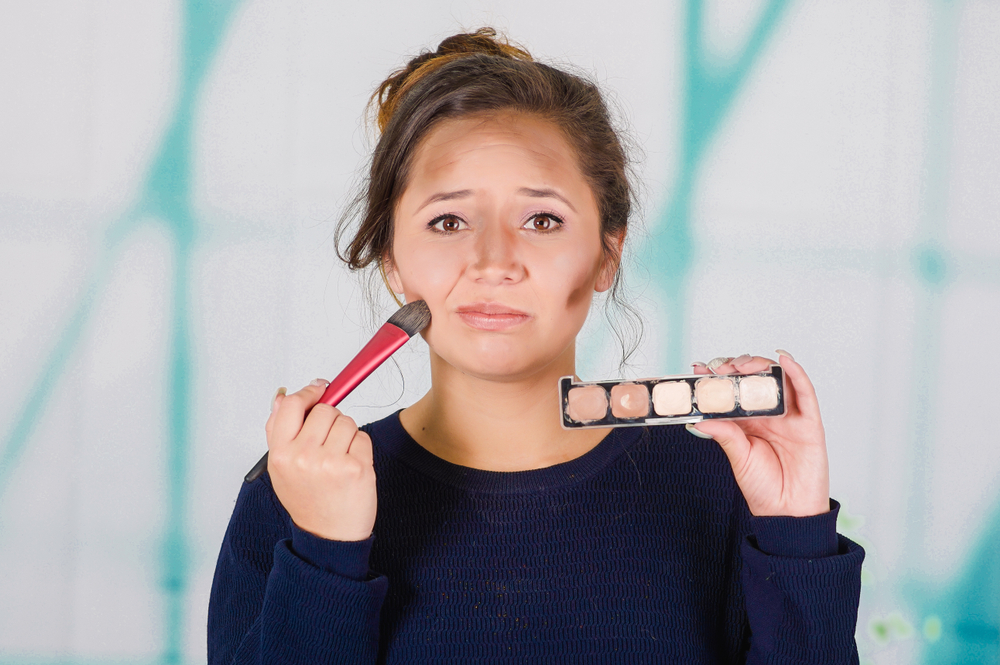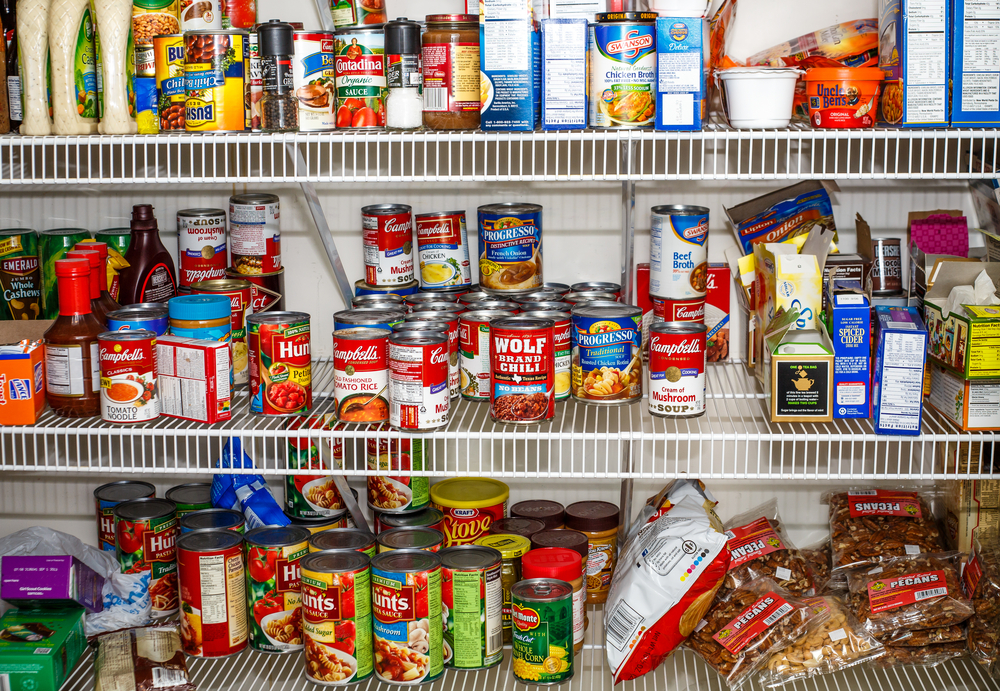Remember when the biggest school rules were “no gum” and “don’t run in the hallway”? Fast-forward to now and things are wildly different. Today’s students are navigating a landscape full of AI eyeball scanners, silent hallways, and clear backpacks that feel more TSA than teen-friendly. If you dropped a ’90s kid into a modern school, they’d probably think they were in a Black Mirror episode—except with less glitter and way more dress codes.
The rules aren’t just stricter—they’re strangely specific, oddly techy, and sometimes straight-up invasive. We’re talking about bathroom mirror bans, monitored eye contact, and “wellness walks” replacing recess. And while some of these rules were born from good intentions (safety! focus! less Fortnite!), they’ve veered into territory that makes you ask, “Wait… are we still talking about middle school?” So let’s break down the new normal—here are 14 modern school rules that would’ve made zero sense a generation ago, but are very real in 2025.
1. Mandatory Active Shooter Drills
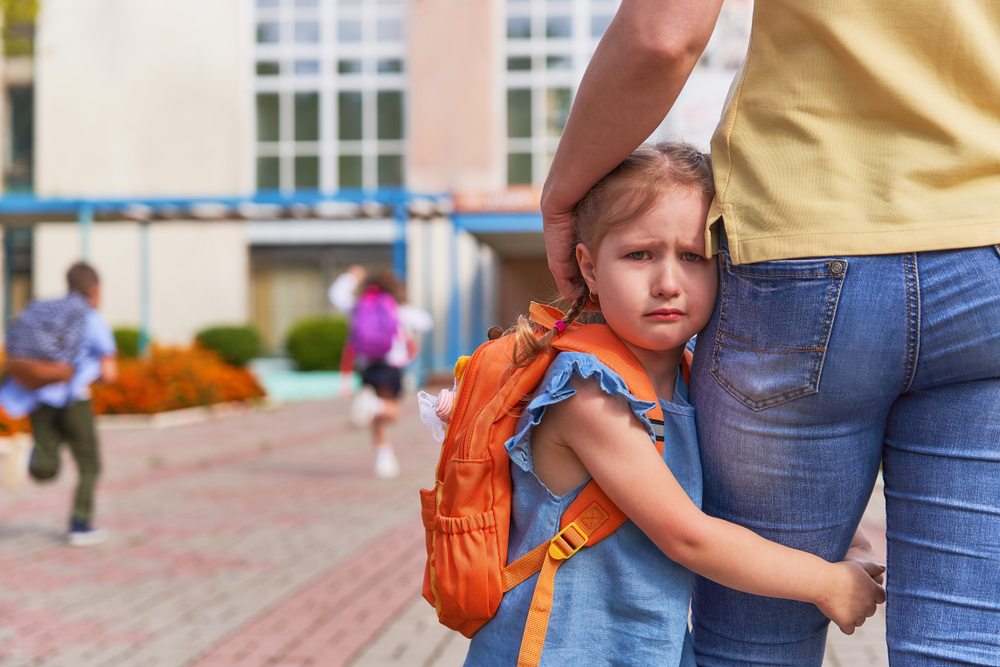
Lockdown drills used to be a quiet “just in case” measure. Now, many schools are ramping up the realism with screaming soundtracks, flashing lights, and actors pretending to be gunmen—yes, really. One Florida district was even sued after a drill left students in tears, thinking it was real. The argument is that “realistic training saves lives.” But at what cost?
According to the National Education Association, these simulations are doing more harm than good, especially for younger students or those with trauma. Anxiety skyrockets. Some kids fake sick to avoid school on drill days. It’s hard to focus on algebra when your school is actively preparing you for war. The scariest part? This is becoming the norm.
2. Device Detention

Say bye-bye to Snapchat streaks during math class. Starting this fall, D.C. Public Schools are requiring all students—including middle and high schoolers—to stash their phones, smartwatches, and wireless earbuds in lockers or signal-blocking pouches for the entire school day, with exceptions only for educational or medical reasons. This policy is one of the most sweeping tech bans in the country, and it’s gaining traction. According to the Washington Post, the district hopes the policy will reduce distractions and improve academic performance.
This isn’t just a classroom tweak—it’s a full-on cultural statement: “We want focused students, not streaming ones.” Expect more districts jumping on this trend, especially after early reports highlighted improved student engagement and social interaction. It’s giving ’90s nostalgia, with a modern edge. Teachers are cautiously optimistic, while students are… not thrilled. But honestly, when the principal has to compete with TikTok for your attention, maybe it’s time for a little screen detox. Just don’t be surprised if school lockers become the next black market for burner phones.
3. Bans On Hats, Hoodies, And Crocs

Dress codes went from “no gang colors” to “no hoodies, no hats, and don’t even think about letting your Crocs wander the premises”—all in an effort to boost “safety and engagement,” according to schools like Macomb High in Illinois. The rationale? Hoodies obscure faces, Crocs are tripping hazards, and hats… well, they just make teachers nervous, apparently. As reported at Gov.ca, more and more districts are rewriting their dress codes to clamp down on casual wear.
Pulling the hoodie drawstrings is now considered a security risk? And Crocs are a code violation? These attempts at “preventive” styling underline how schools are doubling down on control, even at the expense of comfort. It’s official: fashion is now school policy, and lockers are the new catwalk. Students say it’s confusing and inconsistent, especially when faculty rock fleece hoodies like they’re going on a weekend hike. The fashion police are no longer metaphorical—they’re homeroom.
4. Bathroom Mirror Blackouts

Yep, it’s real. Some schools are taking mirrors out of bathrooms, citing vandalism, distractions, and social media “mirror-checking” behavior. The change is part of a broader push to minimize TikTok filming, excessive self-checking, and loitering during class. While some students shrug it off, others are frustrated—they literally can’t check if they’ve got spinach in their teeth or mascara under their eye.
One school in North Carolina stirred the pot when administrators at Southern Alamance Middle School removed their bathroom mirrors to cut back on TikTok breaks, reportedly slashing bathroom visits dramatically. It’s like they expect adolescents to live in The Matrix—with zero reflections or self-awareness allowed. The goal? Less goofing off, fewer selfies, and no illicit lipstick-checking. But removing mirrors also removes a basic tool for self-care—these days it reads as a move prioritizing discipline over dignity. If students start carrying pocket mirrors just to feel human again, don’t say we didn’t see it coming.
5. Logged “Bathroom Passes”
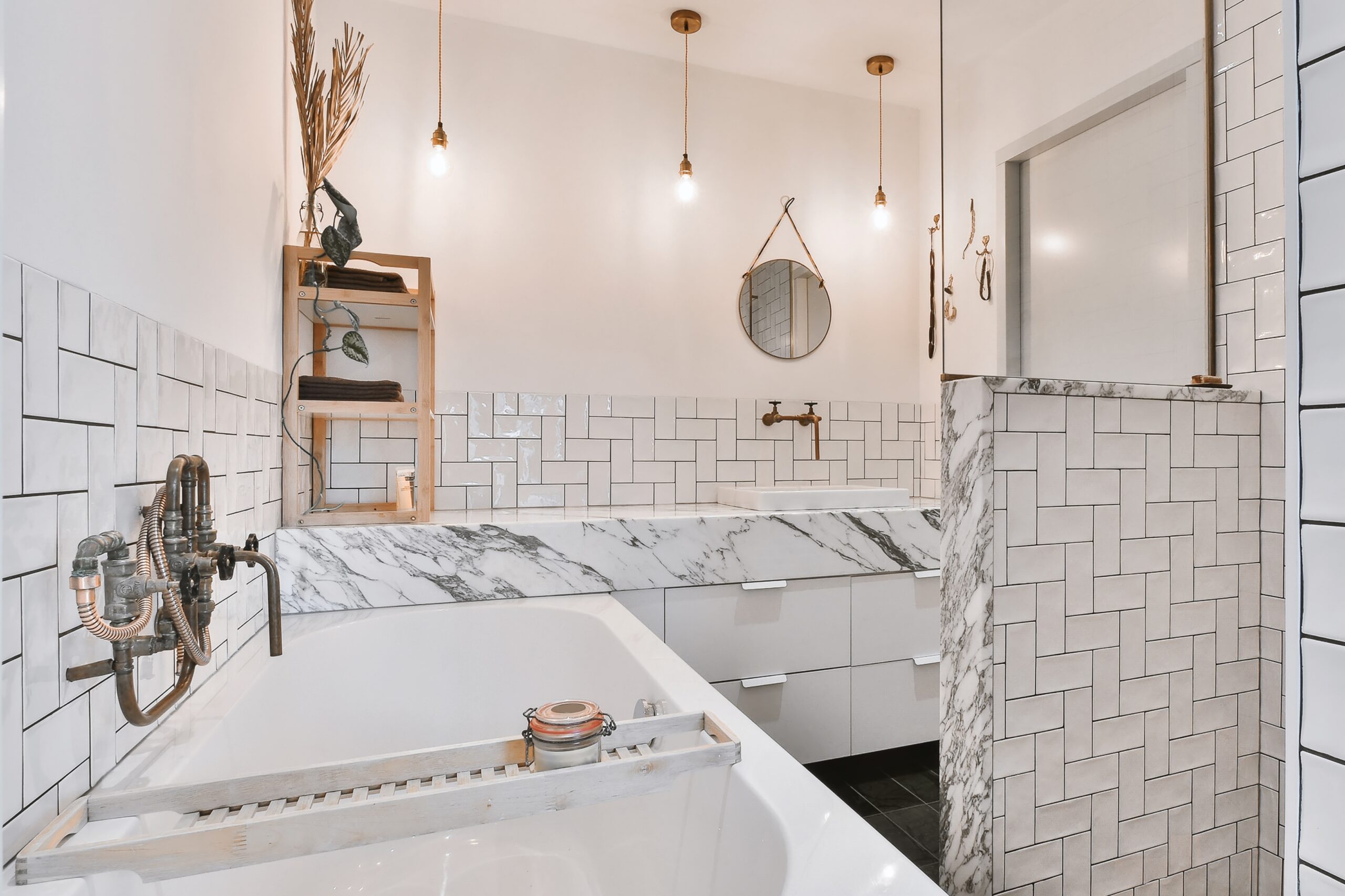
Remember when asking to use the bathroom was a two-second whisper and a hall pass the size of a ruler? Not anymore. These days, some schools are logging every trip with digital timestamps like it’s a corporate audit. If you’re a student, your bio breaks might now be tracked, timestamped, and reported like Amazon packages.
The goal is to reduce skipping and bathroom meetups, but it’s giving Orwell, not order. Students have been flagged for going “too often,” even if it’s for legit reasons. And don’t even think about asking to go right after lunch—you’re on the grid, friend. For kids with anxiety or health needs, it can be a nightmare. When your bladder has to get in line behind a QR code, it’s time to rethink the system.
6. AI Proctoring Of Online Exams

Online exams used to be the dream: pajama bottoms, snacks off-camera, and maybe a little “open tab” help. Now? Enter AI proctoring software that tracks your eyeballs, listens for suspicious noises, and sends red flags for blinking too much.
It’s like RoboCop got a job as a hall monitor. Even students with diagnosed tics or disabilities have been flagged for “unusual behavior.” And yes, the AI has glitched and accused kids of cheating just for looking away to think. The pressure is real—and it’s not helping learning, just increasing stress. Some schools have started backing off after student pushback, but others are doubling down. It’s wild to think a generation ago, the only exam threat was a squeaky desk chair and a nosy teacher.
7. No Loitering Or Talking In The Hallways
Believe it or not, some schools have tried to enforce full-on silence zones between classes. That’s right—zero chatting, whispering, or casual “hey what’s up”s while you’re shuffling from bio to chem. The idea is to reduce drama, fights, and general chaos, but the effect is… eerie.
Imagine hundreds of teenagers walking in complete silence like extras in a zombie movie. Teachers say it “restores order.” Students say it feels like detention all day. What used to be a social minute is now a monitored march. In some places, staff patrol the halls to shush teens mid-sentence. It’s a vibe killer and a humanity killer. Silence may be golden, but enforced silence? Just weird.
8. Home Lunch Bans

This one’s a head-scratcher. A few districts have implemented bans on outside food, meaning no more homemade PB&Js, bento boxes, or mom’s famous leftover pasta. The reason? Allergy concerns, “nutritional consistency,” or—wait for it—lunchroom equity.
While the intentions might be fair, the execution is a full-on dystopian lunch lady power move. Some students end up with mystery-meat trays and no alternative. Parents are furious, kids are hungry, and everyone misses the days of trading Oreos for Cheetos. Lunch used to be the last bastion of self-expression—now it’s institutionalized. When your tuna salad is contraband, something has gone sideways.
9. Mandatory “Wellness Walks” Instead of Recess
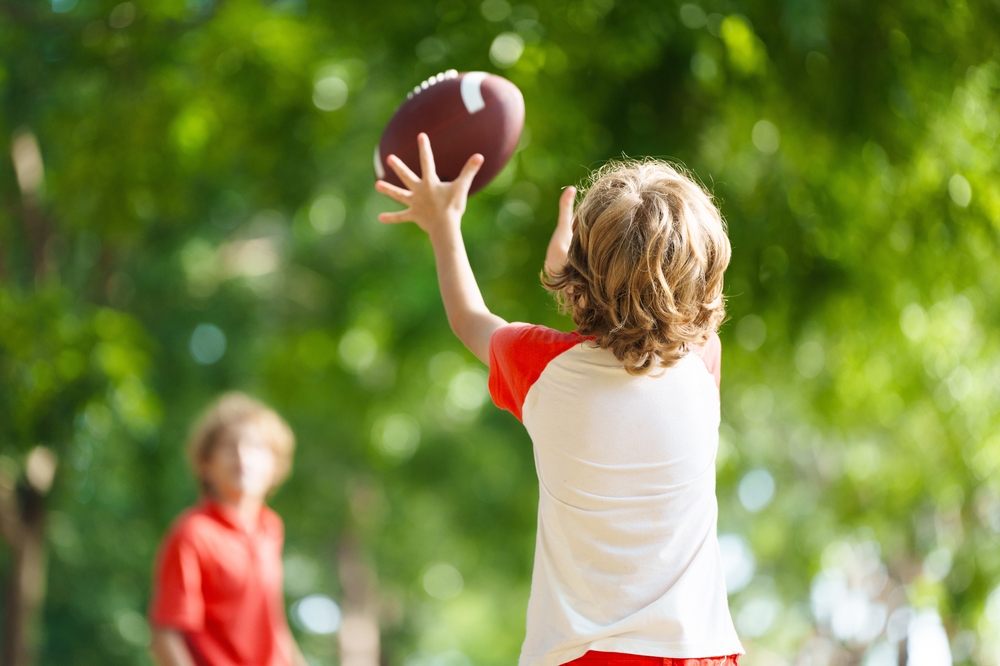
Recess isn’t canceled—it’s just been rebranded, repackaged, and, well, micromanaged. In some districts, free play has been replaced by guided “wellness walks,” complete with maps, checkpoints, and reflective journaling. Yes, they journal after walking.
Students can’t run, jump, or play tag—just stroll meditatively while staff supervise like it’s a corporate team-building retreat. The vibe is less jungle gym, more mall-walker energy. Teachers say it promotes mindfulness, but kids say it’s boring. Recess used to be freedom; now it’s curriculum. Somewhere out there, a dodgeball is crying.
10. Enforced Watching Of “Digital Citizenship” Videos
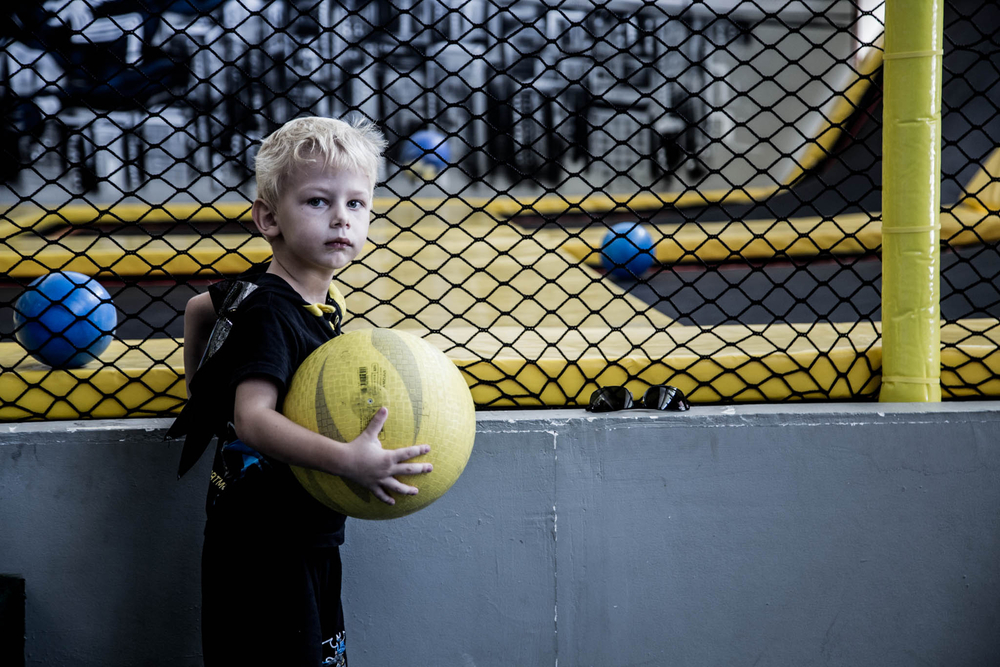
Once a quarter? Reasonable. Every week? We’ve entered punishment territory. These required videos usually come complete with stock footage, awkward acting, and the message: “Don’t be mean online, kids.” Important? Sure. Engaging? Not even close.
Many students zone out after minute two. Some districts even quiz kids on the content. Digital citizenship is a great idea in theory, but the way it’s done often feels more like digital detention. It’s the educational equivalent of a Terms & Conditions agreement—everyone scrolls through it and clicks “yes.” Schools could teach this better, but instead we get the same script with different background music.
11. Mandatory Backpack Searches
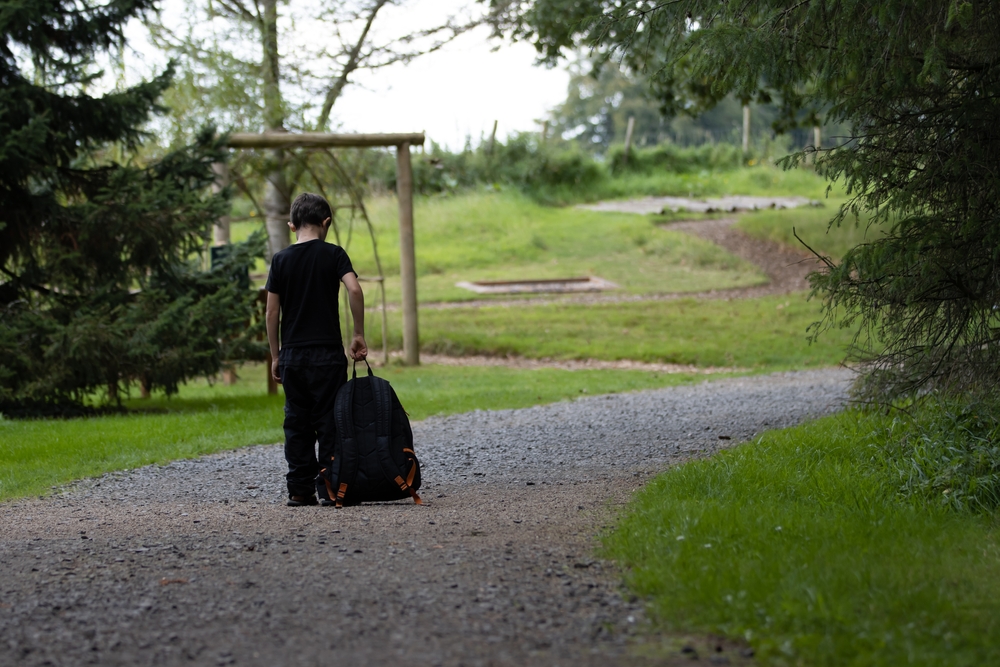
Once reserved for concerts and sports stadiums, clear backpacks are now creeping into middle and high schools as “safety measures.” The logic? Transparency deters bad behavior. The result? Teenagers hauling their tampons, meds, and everything else in full view of peers.
It’s awkward, invasive, and borderline humiliating. Students have taken to stuffing everything into drawstring pouches inside the clear bag, which defeats the whole point. Some schools don’t even allow decorated inserts, saying it “blocks visibility.” So now kids are walking around with glorified Ziplocs on their backs. It’s the kind of rule that sounds logical in a memo and feels dystopian in real life.
12. Phone Bans Mandated by Law
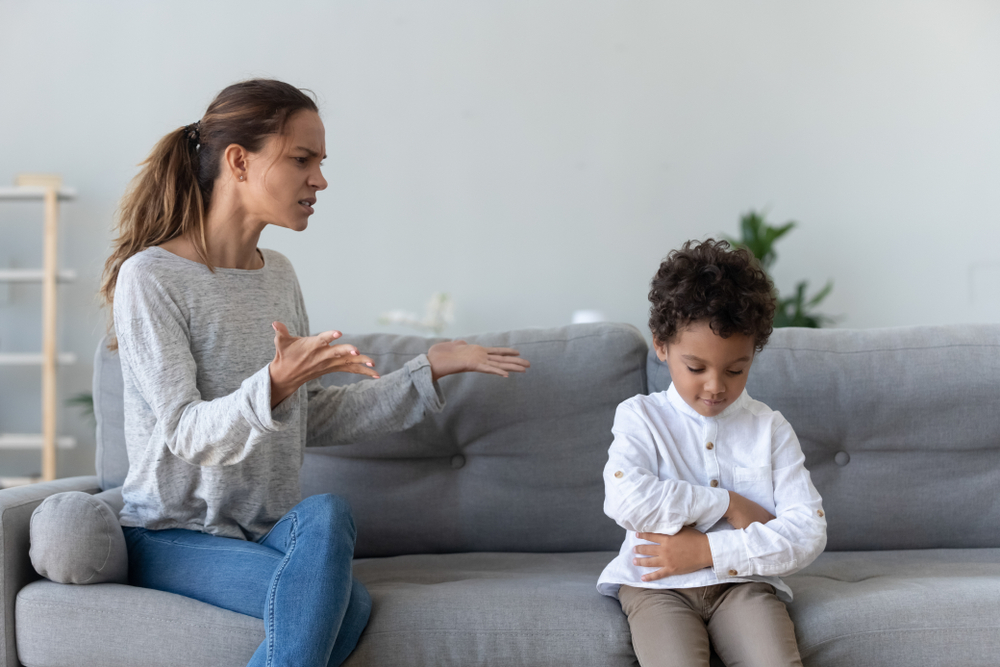
California just went full throttle with its Phone-Free Schools Act, requiring every district to draft policies to keep smartphones off-campus during school hours by 2026. It’s not just a suggestion—it’s the law now, as detailed by the Los Angeles Times. The push follows growing concerns about screen addiction, mental health issues, and academic performance.
It’s the first time a state has legislated phone-free classrooms—unthinkable 20 years ago, when a 1990s middle schooler’s biggest worry was whether Lisa got Levi’s. Now, education officials are using legal muscle to lock down student attention. School board meetings have turned into phone policy battlegrounds, and teachers are watching this like it’s the Super Bowl. This could spark a domino effect in other states, but one thing’s clear: school board drama just swapped PowerPoints for phone pouches. Who knew pockets would become a battleground?
13. Strict Rules For Eye Contact

Yes, eye contact—something that’s always been awkward for a lot of people—is now required in some classrooms during discussions or presentations. It’s meant to foster confidence and respect, but for neurodivergent students, it can be a total nightmare.
Some teachers give participation grades based on “appropriate engagement,” which includes nodding, eye contact, and verbal affirmations. Suddenly, introverts and anxious kids are being penalized for not looking someone dead in the eyes like a TED Talk speaker. One wrong glance, and you’re marked as “disengaged.” Schools say it helps build soft skills, but there’s a difference between encouragement and performance. Let students be, not audition for a job interview at age 12.
14. No Backpacks In Class Policies
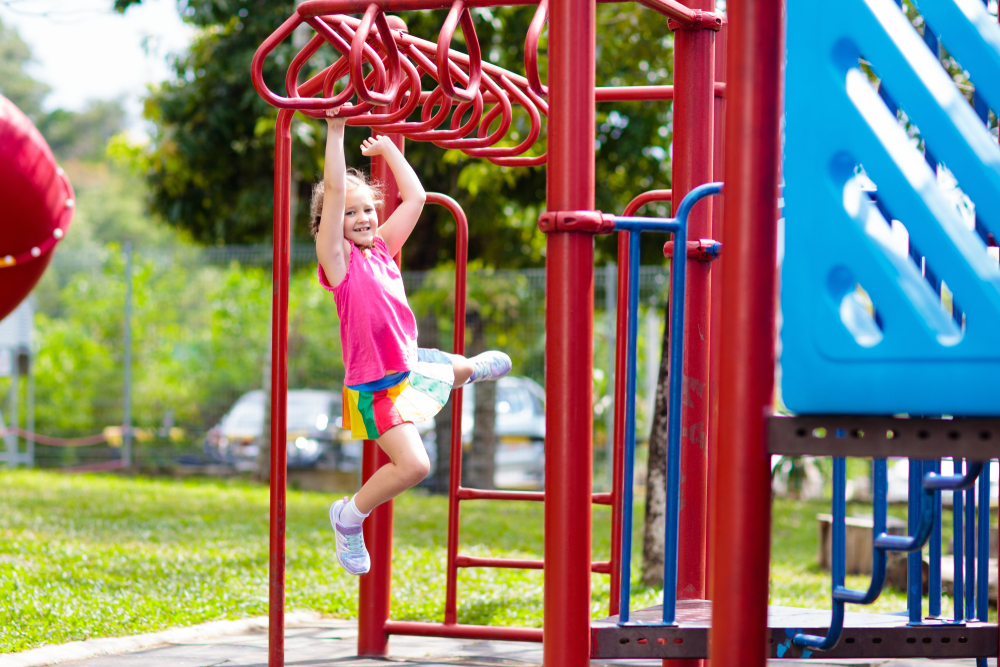
The final twist in the school rules saga: bring your backpack to school—but don’t you dare bring it into class. That’s right, some schools now require students to leave their bags in lockers between every period. The rationale? Safety, space, and preventing distractions.
The result? Five-minute sprints between classes carrying a pile of books like it’s 1983. Students are stressed, disorganized, and increasingly late to class. Heaven forbid you forget a pencil—you’re now taking notes in tears. The rule sounds neat on paper, but in practice, it’s chaotic at best and punishing at worst. Let kids carry their stuff. It’s not that deep.
15. Hidden Vape Detectors
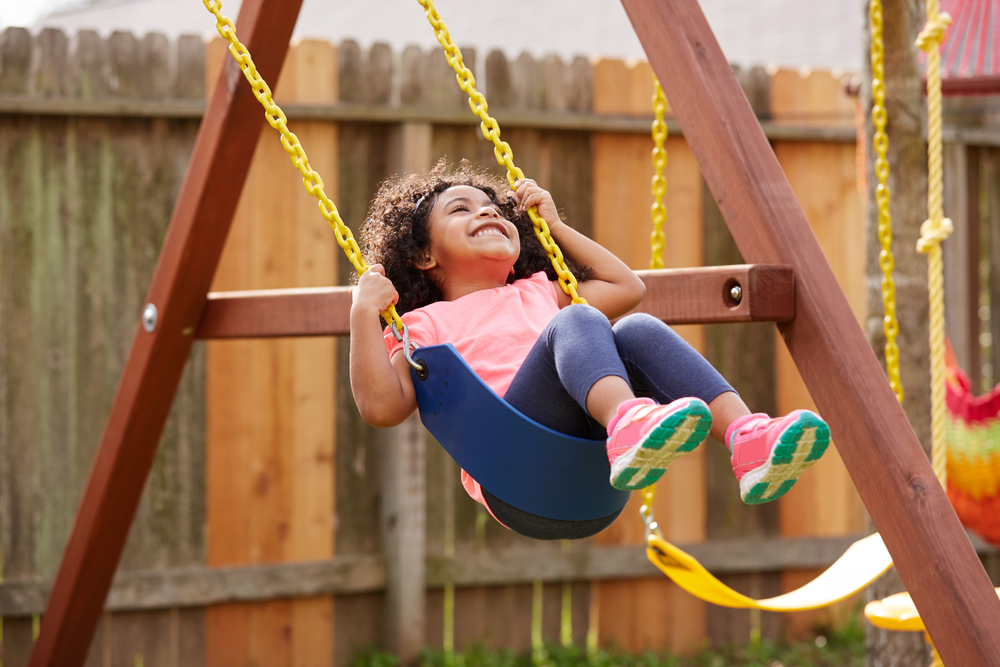
School bathrooms are no longer just where kids go to pee, cry, or check their braces. Now, they’re the front lines of the anti-vape war, complete with hidden detectors that sniff out aerosol like bloodhounds. These devices don’t just beep—they send real-time alerts to administrators, who then come banging on stalls like it’s a drug bust. One high school in Texas even installed **cloud sensors that trigger lockdowns** if vaping is detected, according to [NBC News](https://www.nbcnews.com/tech/tech-news/school-bathrooms-become-next-battleground-vaping-rcna12694).
Students call it “nic patrol.” Schools call it a deterrent. Either way, going to the bathroom now feels like entering TSA with a nicotine lie detector. And yes, some kids have resorted to blowing vapor into their sleeves or toilet paper rolls like vape MacGyvers. Welcome to the surveillance state—sponsored by Juul.
16. All-Gender Bathrooms Restrictions
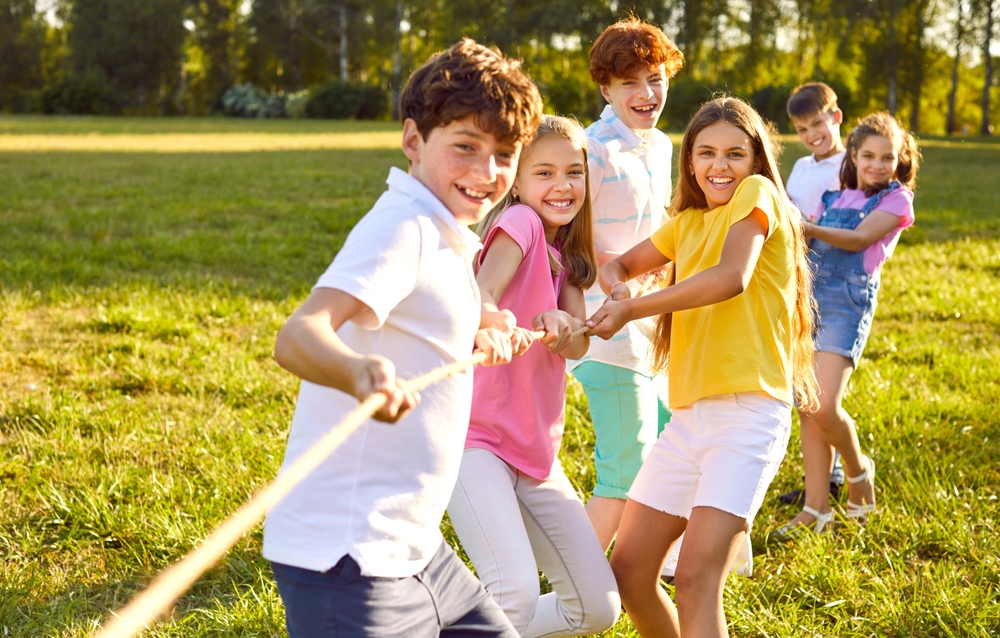
Some schools that once offered gender-neutral bathrooms are quietly removing signage or restricting access altogether, often after pressure from parents or community groups. In places like Florida and Missouri, bills have even passed requiring students to use bathrooms based on their assigned sex at birth, regardless of how they identify. The result? Trans and nonbinary students are left with fewer safe spaces and way more hallway anxiety.
What was meant to be a simple fix for inclusion has become yet another political battleground. According to the ACLU, these policies are not only discriminatory—they actively harm students’ mental health. Bathrooms should be boring. Instead, they’re now sites of surveillance, protest, and emotional landmines. If we can’t even figure out where kids can pee, how are we preparing them for life?
17. Banned Books Lists

Forget banning “controversial” novels. Some schools have now banned entire sections of their libraries. In Texas, over 800 books were flagged for review in 2023, including works by Toni Morrison, John Green, and even books on the Holocaust, according to PEN America. The reasons range from “inappropriate language” to “discussing racism”—you know, the stuff that literature is literally for.
Students walk into libraries that look fully stocked but are silently censored. Teachers are afraid to assign classics without clearing them with the administration. The term “book fair” now feels ironic when half the titles come with disclaimers. Meanwhile, TikTok explainer threads are now doing the job the English department used to. When The Diary of Anne Frank is a red flag, you know we’ve lost the plot.
18. Assigned Lunch Seating

Yep, some schools now assign seats in the cafeteria. Not for a test. Not for one week. Every. Single. Day. The rationale? “Prevent cliques, reduce bullying, and encourage social mixing.” But ask the students and you’ll hear a different story: “This feels like prison with juice boxes.”
In one New Jersey school, kids were randomly assigned new lunch groups every quarter—and weren’t allowed to switch. For introverts, neurodivergent students, or anyone who just wants to sit with their best friend, it’s social purgatory. The cafeteria used to be the one place you could be yourself. Now, it’s alphabetical exile. One student described it best: “It’s like musical chairs—but sadder.”

